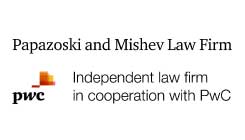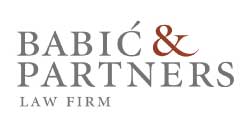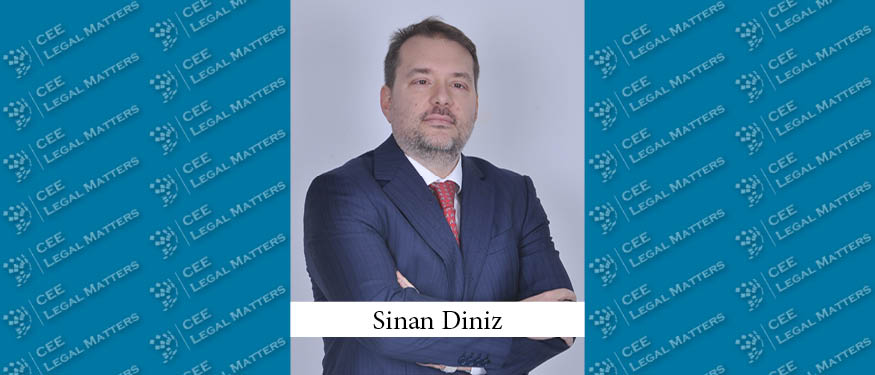In recent years, we have been seeing that real estate developers are starting to turn to debt capital markets to raise capital for their real estate development projects in Slovenia. When issuing bonds for real estate development projects, investors usually expect to have security on the real estate property that is being developed. Similar to other finance transactions, collateral can take various forms. This article examines the possibilities of establishing collateral on real estate property for bonds in Slovenia.
In financing transactions where multiple creditors have claims against a debtor (usually arising out of the same loan agreement), such as syndicated loans, it is common to establish the collateral on real estate by using joint and several creditorship as a legal instrument. By creating joint and several creditorship, the creditors aim to provide a single source of financial security for all of their claims. Such security is created in favor of a security agent as a joint and several creditor and any collateral (e.g., mortgage, pledge of shares, pledge of movable property, etc.) is then created in favor of a security agent.
Bonds are dematerialized securities issued in the name of the bondholder and the specific rules of Slovenian law on dematerialized securities must be considered when structuring the issuance of bonds and the collateral securing them. Claims arising from dematerialized bonds are linked to and included in the bond. The legal basis for such a claim of the bondholder is the bond itself, and only the bondholder registered with the Central Securities Depository (KDD) can exercise rights related to dematerialized bonds. Therefore, only the legal bondholder can exercise rights arising from the bonds, including demanding payment or initiating enforcement. The issuer’s obligations under the bonds, on the other hand, exist only toward the legitimate bondholder registered with the KDD.
This means that a third party (e.g., a security agent) cannot become a joint and several creditor of claims arising out of bonds merely by entering into a civil agreement on a joint and several creditorship. Unlike a loan agreement, such an agreement alone does not suffice to hold claims under the bonds as a joint and several creditor because the claims arise from securities (bonds). To legitimately hold claims and exercise rights under bonds, the third party must be a legitimate and registered bondholder of all issued bonds. Furthermore, the rights arising from bonds are indivisible. Individual rights out of bonds cannot be transferred separately; they must be transferred together with the transfer of the security (bond).
An option is to create a parallel debt by means of a promissory note, which is an abstract financial instrument. The issuer may issue a promissory note in favor of a security agent for the same amount as is owed to investors under the bonds. A mortgage in the name and for the benefit of the security agent could secure the debt under the promissory note. In such a case, the issuer, the security agent, and the bondholders would set out in an intercreditor and agency agreement the mechanism for the repayment of the debt under the bonds to the bondholders, which would also ensure that the security agent is not entitled to receive more than the bondholders. In addition, the parties may also stipulate in the agreement that the agent can only have a claim for payment under the agreement if the obligation under the bonds is not paid and that any enforcement would be for the benefit of the bondholders.
In summary, the issuer must carefully consider which collateral mechanism is most appropriate for its issuance of bonds for a real estate development project. In addition to the option mentioned above, the issuer may consider other options for collateral. These include a share pledge over the business shares of the property developer. Furthermore, by way of a multi-party agreement involving all the bondholders and the issuer, a joint maximum mortgage can be created up to the aggregate value of the bonds, with direct enforceability of the individual claims of each bondholder. This benefits all bondholders by ensuring the direct enforceability of individual claims within the maximum mortgage, as registered in the land register. A multi-party agreement may also create multiple maximum mortgages, each for claims of individual bondholders and with direct enforceability of individual claims, but all with the same rank registration in the land register.
By Maja Zgajnar, Partner, and Neza Voncina, Attorney at Law, CMS
This article was originally published in Issue 11.4 of the CEE Legal Matters Magazine. If you would like to receive a hard copy of the magazine, you can subscribe here.






















